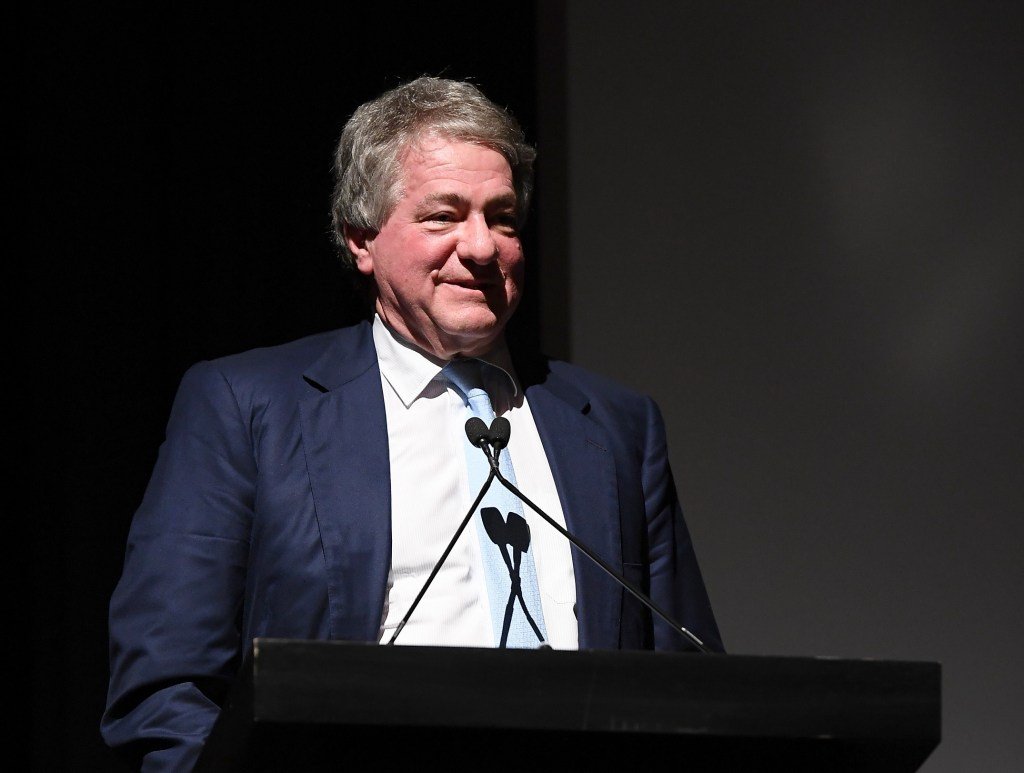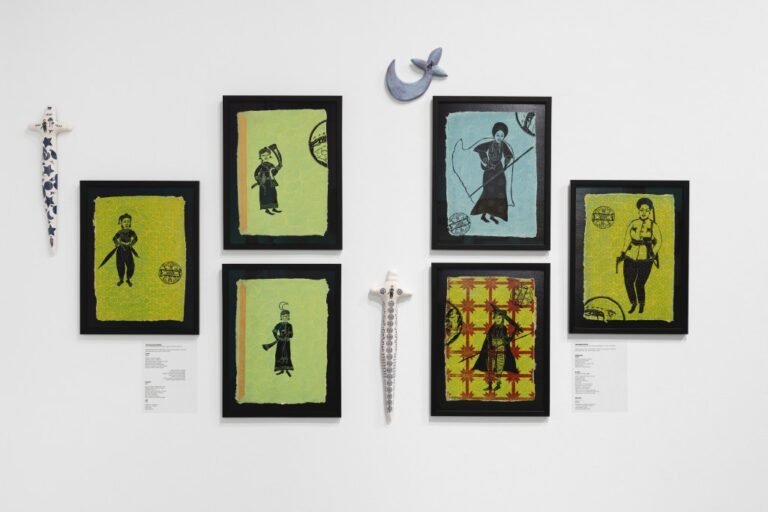


A recent New York Times investigation reveals additional information about private equity billionaire and Museum of Modern Art (MoMA) trustee Leon Black’s relationship with deceased convicted sex offender Jeffrey Epstein, including details behind the major art deals made as part of an alleged tax avoidance scheme.
It has long been known that Black made payments of approximately $170 million to Epstein, which Black said were for tax and estate planning services. But previously unreported emails and documents acquired by the Times also reveal the ways in which Epstein wielded influence on Black, and often demanded more.
According to the report, the disgraced financier played a role in concealing Black’s long-term extramarital affair with Russian former model Guzel Ganieva, who later accused Black of assault. (Black has denied the assault allegation.) Black reportedly paid Ganieva nearly $10 million under an agreement that prevented her from publicly disclosing their relationship.
The documents, the Times said, go on to show how Epstein was tasked with assessing the tax implications of those payments, some of which were framed as loans.
The lengthy investigation also shed light on how Epstein structured art transactions intended to help Black avoid capital gains taxes and exposure from public view. In one of the new emails reviewed by the Times, Epstein leveraged his high-profile banking connections to seek a loan for Black, claiming that he was “advising” on the Wall Street titan’s $120 million purchase of Edvard Munch’s “The Scream.” (Black’s representatives told the Times that Epstein was not involved in the 2012 acquisition.)
The reporting highlights how interdependent the two men were over a sometimes tumultuous relationship of more than two decades that Black has tried to publicly distance himself from. On one occasion, Black wired hundreds of thousands of dollars to at least three women who were associated with Epstein for reasons that are unclear, the Times reported, citing notes taken by congressional investigators.
“This report raises questions as to whether there was more at play in the relationship between these two men, potentially including blackmail,” Democratic Senator Ron Wyden of Oregon said in a statement after the publication of the investigation.
This summer, Wyden, a ranking member of the Senate Finance Committee, called for a probe into Black’s payments to Epstein, which Wyden claims are unexplained and were not properly audited.
In a statement to Hyperallergic, Black’s attorney Susan Estrich said that Black paid Epstein solely for legitimate advice on tax and estate planning that allegedly saved his family billions. Estrich denied any suggestion of overreaching influence as “false and patently absurd,” adding that Black actually ended his relationship with Epstein because he “believed the fees for his services were excessive.”
Estrich also noted that Black had “no knowledge of Epstein’s criminal activities” at the time of their relationship. She went on to criticize the New York Times for assigning reporter Matthew Goldstein to the story, alleging that Goldstein “gave [Ganieva] advice on her claim and connected her with an attorney.” “Her complaint was ultimately dismissed with prejudice and the decision upheld by the appellate court,” Estrich said.
Black’s ties to Epstein and the public pressure surrounding his role at MoMA have long been the subject of intense scrutiny.
In January 2021, Black resigned from his position as CEO of the multibillion-dollar private equity firm Apollo Global Management in the wake of a company review of his financial ties to Epstein. Later that year, following an open letter signed by over 150 prominent artists calling for his removal, Black also stepped down as MoMA’s board chairman, though he remains a trustee at the museum to this day. His wife, Debra Black, is currently on the board at the Metropolitan Museum of Art.
In a recent interview with journalist Charlotte Burns, the museum’s recently departed director, Glenn Lowry, was asked to address the controversy around Black’s role on the board. He responded by praising MoMA’s board, including Black, as “extraordinarily dedicated” to the museum.
MoMA has not responded to Hyperallergic’s request for comment.


